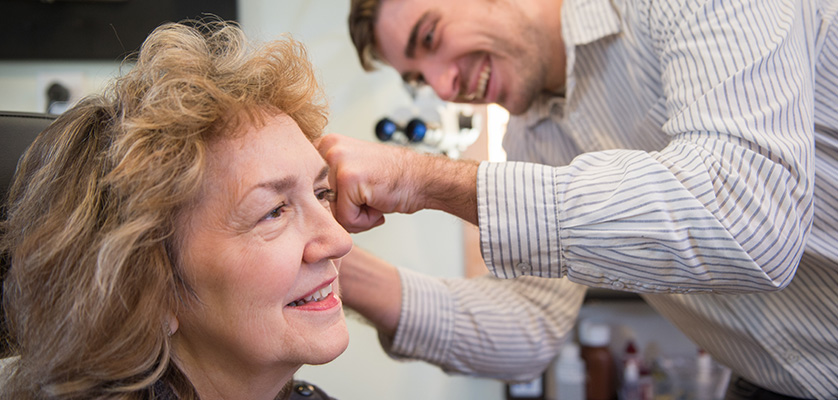
Acoustic Immittance Testing
Painless procedure to find about health and function of your ears

Acoustic Immittance Testing
Acoustic immittance testing is a type of audiological evaluation that measures how well the eardrum and the middle ear function. It can also assess the activity of a reflex that protects the ear from loud sounds. Acoustic immittance testing consists of three main tests: tympanometry, acoustic reflex threshold, and acoustic reflex decay.
Tympanometry tests how the eardrum responds to changes in air pressure in the ear canal. A small probe is inserted into the ear canal and emits a low-pitched tone while varying the air pressure. The probe measures how much sound is reflected back by the eardrum at different pressures. This test can help detect problems such as fluid in the middle ear, perforated eardrum, or Eustachian tube dysfunction.
Acoustic reflex threshold tests how a muscle in the middle ear called the stapedius contracts in response to loud sounds. The stapedius muscle helps reduce the transmission of sound vibrations from the eardrum to the inner ear, protecting it from damage. A small probe is inserted into one ear canal and emits a loud tone, while another probe in the other ear measures how much sound is reduced by the contraction of the stapedius muscle. This test can help diagnose problems such as conductive hearing loss, sensorineural hearing loss, or facial nerve paralysis.
Acoustic reflex decay tests how long the stapedius muscle can maintain its contraction in response to a loud sound. A small probe is inserted into one ear canal and emits a loud tone for 10 seconds, while another probe in the other ear measures how much sound is reduced by the contraction of the stapedius muscle over time. This test can help identify problems such as auditory nerve tumors or brainstem lesions.
Acoustic immittance testing is a quick and painless procedure that can provide valuable information about the health and function of the outer, middle, and inner ear. It can also help determine if further testing or treatment is needed for hearing problems.
Schedule your consultation at our Huntington office or to find out more about hearing tests, contact us at
(631) 271-6263.
